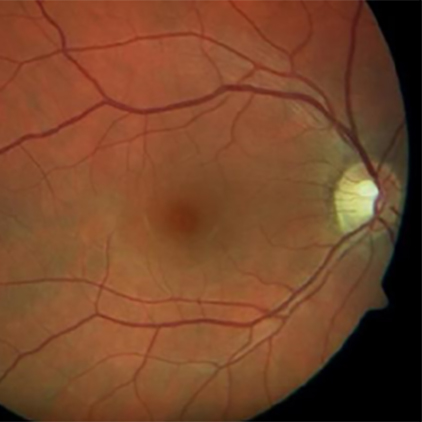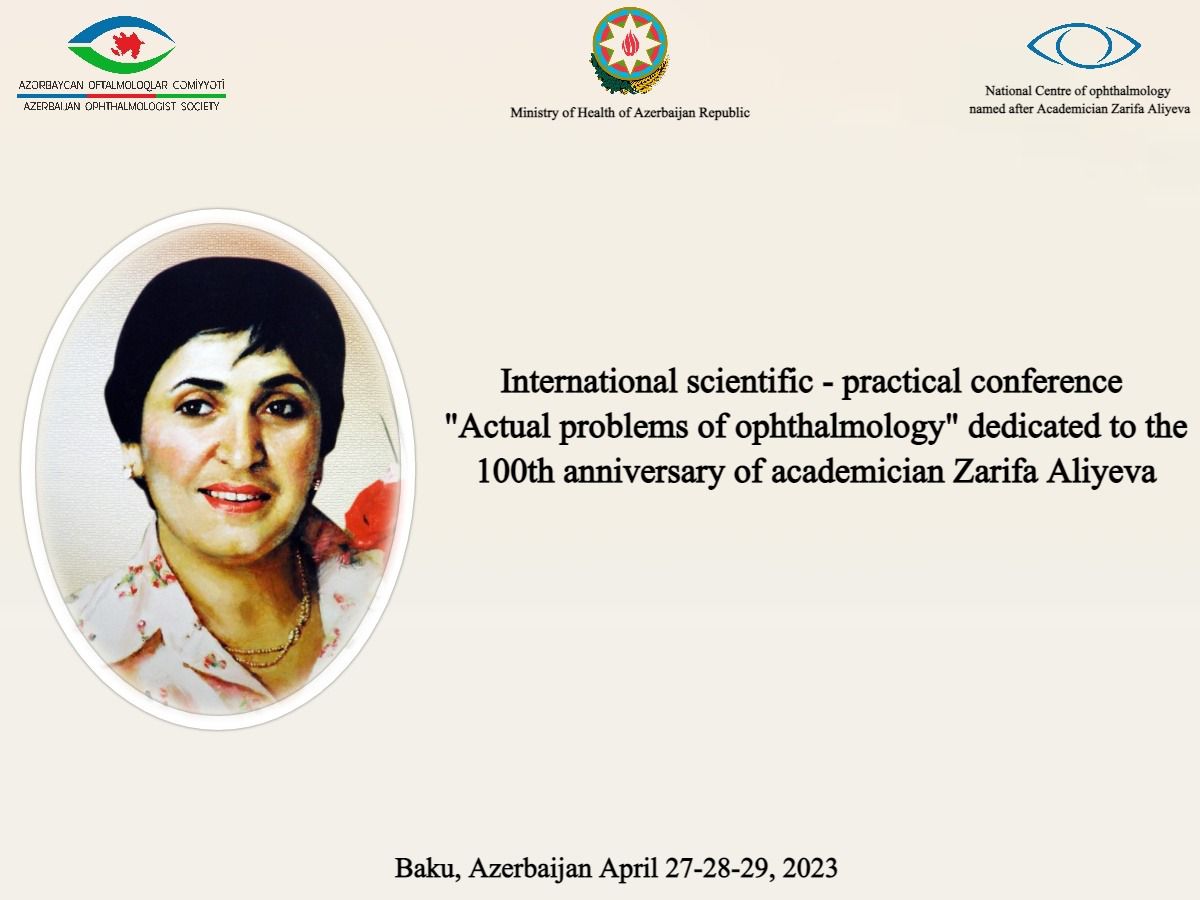Acute posterior multifocal placoid pigment epitheliopathy (APMPPE), its possible relationship with urogenital tract disorder and treatment
Abstract
Purpose: To report a case of acute posterior multifocal placoid pigment epitheliopathy (APMPPE). The patient was a man who was being treated for back pain and then developed APMPPE. He was treated with systemic antibiotics and corticosteroids.
Methods: This study included a case report with ophthalmologic examination, optical coherence tomography, fluorescein angiography investigations, treatment options and review of the relevant literature.
Results: A 28-year-old man noted decreased vision in the right eye for 1 week, associated with a central scotoma with shimmering, cloudy effect of the vision. He had good vision with normal ophthalmic examinations in the past. He had back pain previously and was treated with antibiotics for prostatitis. An ophthalmic examination revealed an acuity of 20/400 with a central scotoma and normal anterior segment. Fundus examination, spectral domain optic coherence tomography (SD-OCT), fluorescein angiography (FA), and the course of the disease were typical of acute posterior multifocal placoid pigment epitheliopathy. The patient received systemic antibiotic treatment (3 days) and simultaneous intravenous corticosteroids (7 days). His vision was fully restored to 20/20. Then, a similar visual problem arose in the left eye. The treatment was repeated, and the eyesight was restored.
Conclusion: The symptoms of multifocal white dot syndrome occur suddenly. Often, this is preceded by the pathology of the genitourinary tract. In the case presented by us, it was preceded by back pain (prostatitis). Systemic treatment with antibiotics and corticosteroids led to stable remission of the disease. An important point is the brief systemic use of antibiotics with the continuation of the administration of dexamethasone. The positive effect of the systemic use of antibiotics with corticosteroids is possibly associated with the continuing latent disturbances of the genitourinary microbiota.





